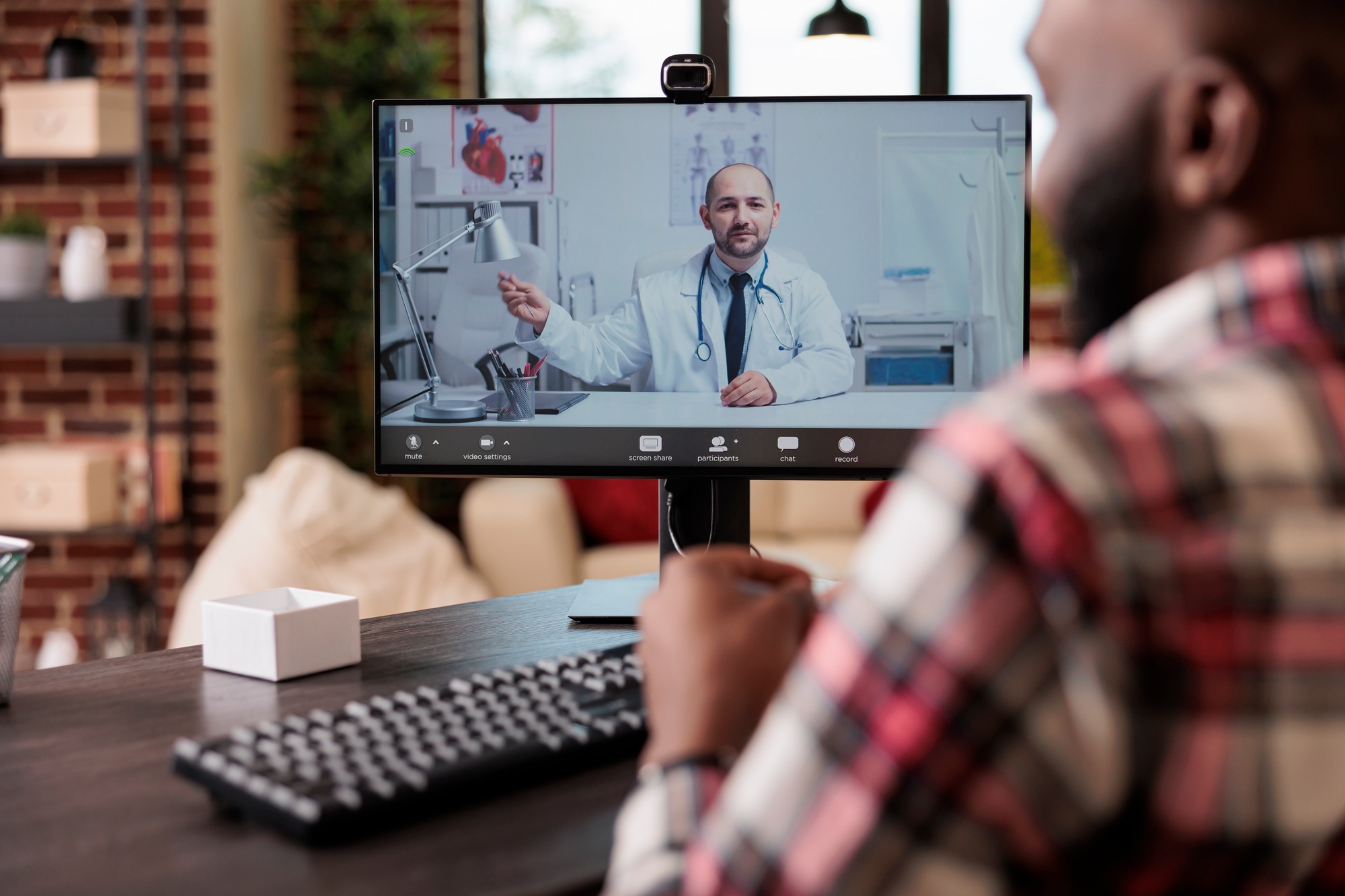While it’s undeniably convenient, getting the most out of a telehealth appointment takes a bit of preparation. Let’s explore how you can make your virtual visit as effective and productive as possible.
Getting Ready for Your Telehealth Call
Preparation is key for a successful telehealth appointment. Start by writing down any concerns you have about your health. List symptoms, questions, or health issues you want to discuss with your provider—it’s easy to forget things once the call gets underway.
Additionally, having your medical history handy, including current medications and allergies, can be incredibly helpful during your appointment.
Make sure you’re in an ideal environment for a productive call. A quiet, well-lit space will help you and your healthcare provider see and hear each other clearly, ensuring effective communication.
Before the call, double-check that your device is charged and that your microphone and camera are functioning. Test your internet connection too; a stable network is important for a seamless experience.
Understanding the Capabilities of Telehealth
Knowing what telehealth can and cannot accomplish is important.
Virtual healthcare is fantastic for follow-ups, discussing lab results, managing chronic conditions, and more. However, it might not be suitable for every situation.
Physical examinations, like checking a lump or conducting certain diagnostic tests, often require in-person visits. If you’re unsure whether your health concern can be addressed through telehealth, ask your provider before the call.
The Telehealth Call: Best Practices
Being on time for your telehealth appointment shows respect for your provider’s schedule and gives you a few extra minutes to troubleshoot any potential technical issues. Join the call a few minutes early to make sure everything is in working order.
During your consultation, make sure to talk openly with your healthcare provider. Share your symptoms clearly, including when they started, what makes them better or worse, and how intense they are.
If anything’s unclear, just ask for clarification, like “Could you explain that?” or “What should I do if this gets worse?” Honesty is the best policy—share all relevant information, even if it feels small or embarrassing.
After the Telehealth Call
After the appointment, be sure to follow any recommendations or prescriptions given by your provider. Write down any notes from the call, including follow-up steps.
Knowing what comes next is important—whether it’s scheduling an in-person visit, filling a prescription, or getting additional tests.
If you realize you forgot to ask something or experience new symptoms, you can schedule another telehealth appointment or contact your provider through their patient portal.
Conclusion
Telehealth is a valuable tool for maintaining your health, offering convenience and efficiency. By preparing ahead of time, communicating effectively during the call, and following through afterward, you can make telehealth a beneficial part of your healthcare routine.
Don’t hesitate to engage with your healthcare providers via telehealth. It’s an excellent way to manage your health from the comfort of your home.







